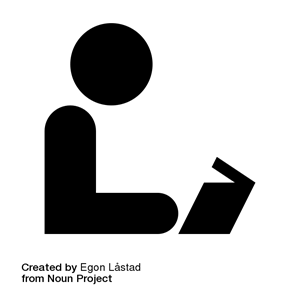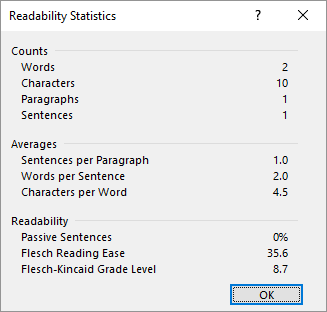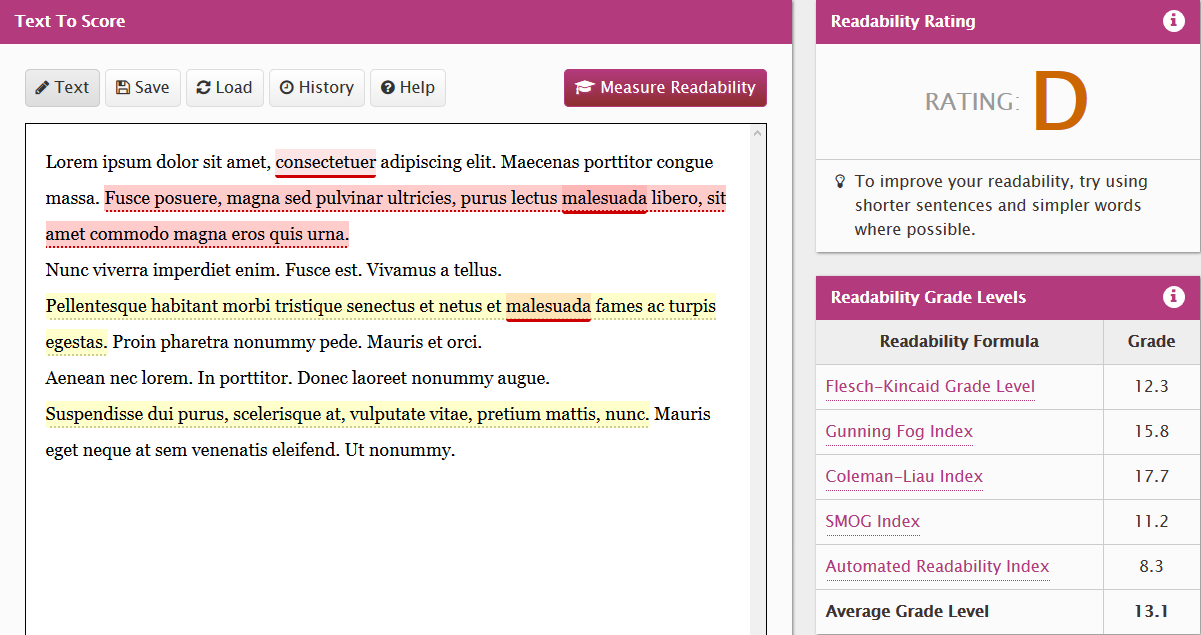Wiki Life: Readability Tools
 Blog posts that are concise and easy to read make for a better reading experience for the people looking at your articles. What makes an article easily readable and how do you gauge the readability of your writing? In this post, we will look at a few tools that can improve your posts.
Blog posts that are concise and easy to read make for a better reading experience for the people looking at your articles. What makes an article easily readable and how do you gauge the readability of your writing? In this post, we will look at a few tools that can improve your posts.
Background
English literacy statistics in the United States can vary but according to one study, “50% of adults cannot read a book written at an eighth grade level”. Another study shows the average college freshman reads at a seventh grade level.
Readability is generally assigned via a grade level to show the difficulty of the content. The most common metric is the Flesch-Kincaid Grade Level test which creates a numerical score showing the level of education someone needs to read the text.
Readability tests can assess your TechNet contributions to make sure it’s at the right level for your audience. For general writing, you probably want to target the Grade 7 or 8 level. This means writing shorter sentences without a lot of industry jargon or complex words. This writing is also known as Plain Language.
Tools
There are a few tools out there that can help you discover how clearly you are communicating. Sometimes the scores can differ between them so try a couple.
Microsoft Word & Outlook
You can use Word to view the readability score of your writing. You can get this information so it appears during every spell check. You can also turn it on within Outlook so you can make sure you are communicating clearly through email. To learn how to enable Office readability statistics, see Test your document's readability.
Once these settings are enabled, the following stats appear after a spell check.
Websites
There are also third-party websites you can use to discover readability indicators:
Both allow you to input free-form text or browse to an existing URL. Readable.io also lets you upload files to the site via their premium plan.
When running a test, you get all the major readability scores (Flesch-Kincaid Grade Level, Flesch-Kincaid Reading Ease, Gunning Fog Index, etc.), links to help decipher what they mean, and basic text statistics. Readable.io also provides insight into the text’s Tone, Sentiment, Gender, and Keyword Density.
Summary
If you want to make sure your Wiki posts are easy to read by everyone, measure the readability of your text before you post it. This can help people better understand your content and it may also help you become a better writer.
FYI: The above blog post achieved the following Flesch-Kincaid Grade Level ratings:
- Microsoft Word: 9.4
- Readability Test Tool: 8.7
- Readable.io: 7.2
by Ken Cenerelli (Twitter, Blog, MSDN Profile, MVP Profile)
Comments
- Anonymous
April 25, 2017
Wow this great and must read post,Thank you for sharing Ken - Anonymous
April 26, 2017
Good catch! Thank you for sharing us, Ken - Anonymous
April 26, 2017
Thanks, Syed & Santhakumar. - Anonymous
April 26, 2017
Wow! Very useful Ken! Thanks!- Anonymous
April 26, 2017
Thanks, Chervine.
- Anonymous
- Anonymous
April 26, 2017
Wow, what a nice post! The layout and some simple picture to make it highly attractive! Good job!- Anonymous
April 27, 2017
Thanks, Peter. Glad you enjoyed it.
- Anonymous
- Anonymous
April 27, 2017
Excellent advice. I have been using a script I wrote in 2012 to measure readability of my Wiki articles, based on a 2006 blog post. It computes a score based on words per sentence and word size, but does not convert into a grade level. I will need to compare. These tools seem better, and based on recognized standards.- Anonymous
April 27, 2017
The comment has been removed
- Anonymous
- Anonymous
April 29, 2017
These are some fantastic resources. Thanks, Ken!- Anonymous
April 29, 2017
Thanks, Ed.
- Anonymous
- Anonymous
April 30, 2017
Great post Ken :-)Important topic. I hope that all Wiki Authors will read it ;-)- Anonymous
May 01, 2017
Thanks, Ronen.
- Anonymous
- Anonymous
May 04, 2017
Good one. Thank you for sharing. - Anonymous
June 01, 2017
Thanks for the sharing, those tools are useful

